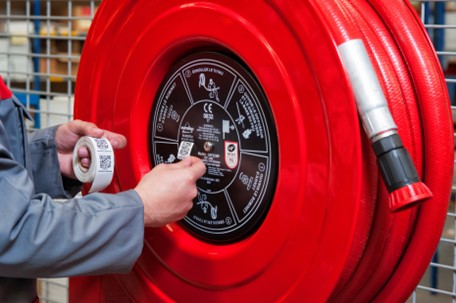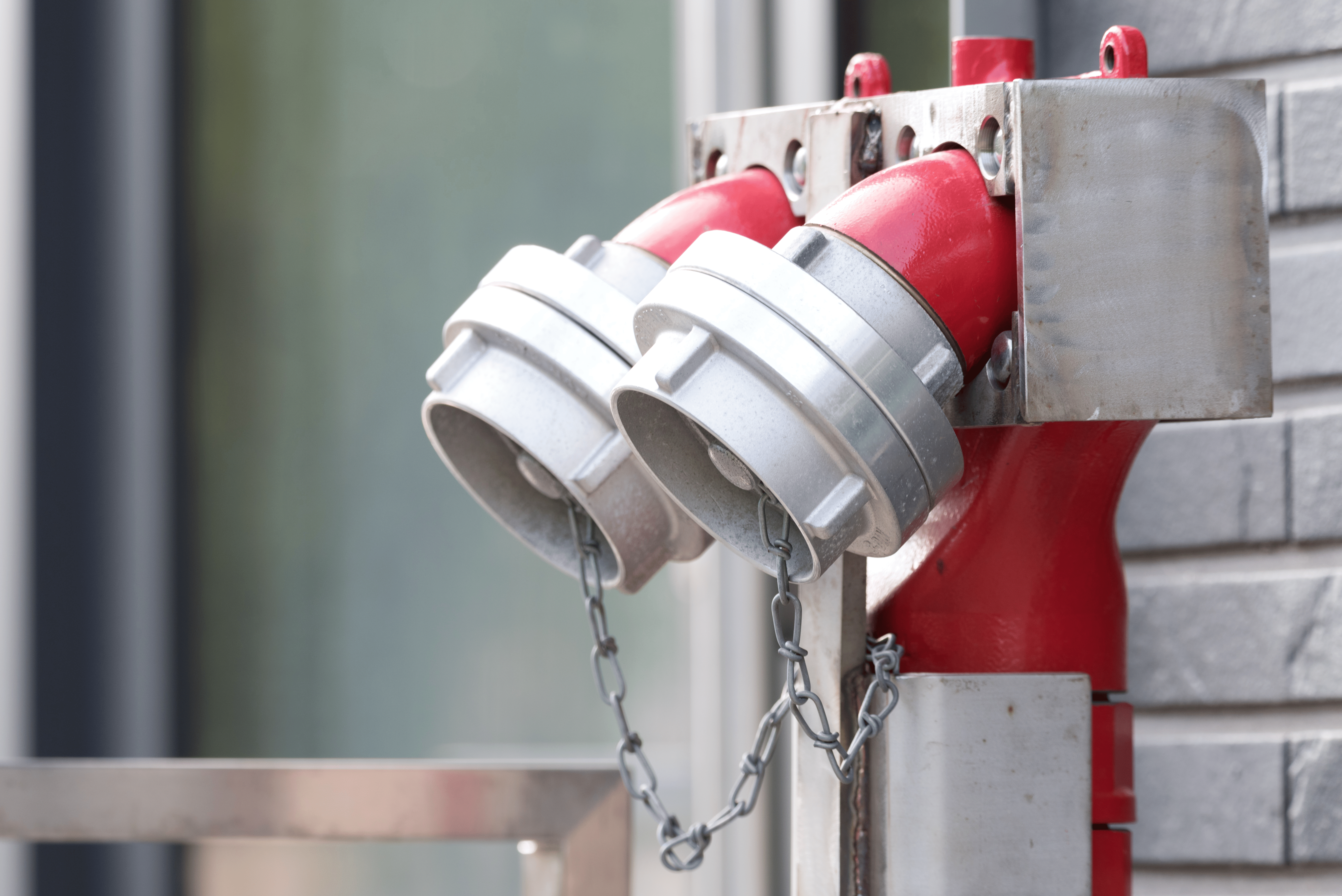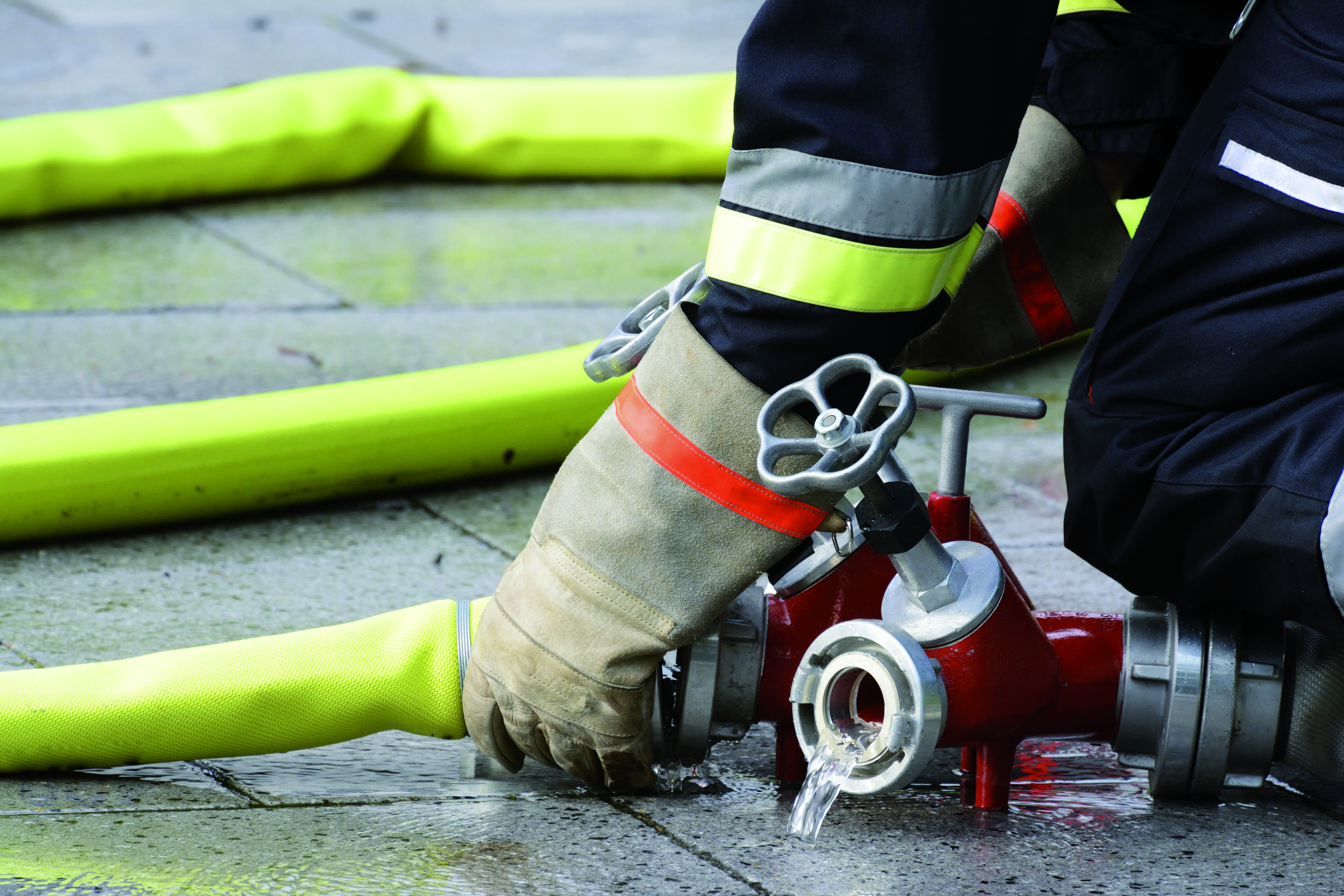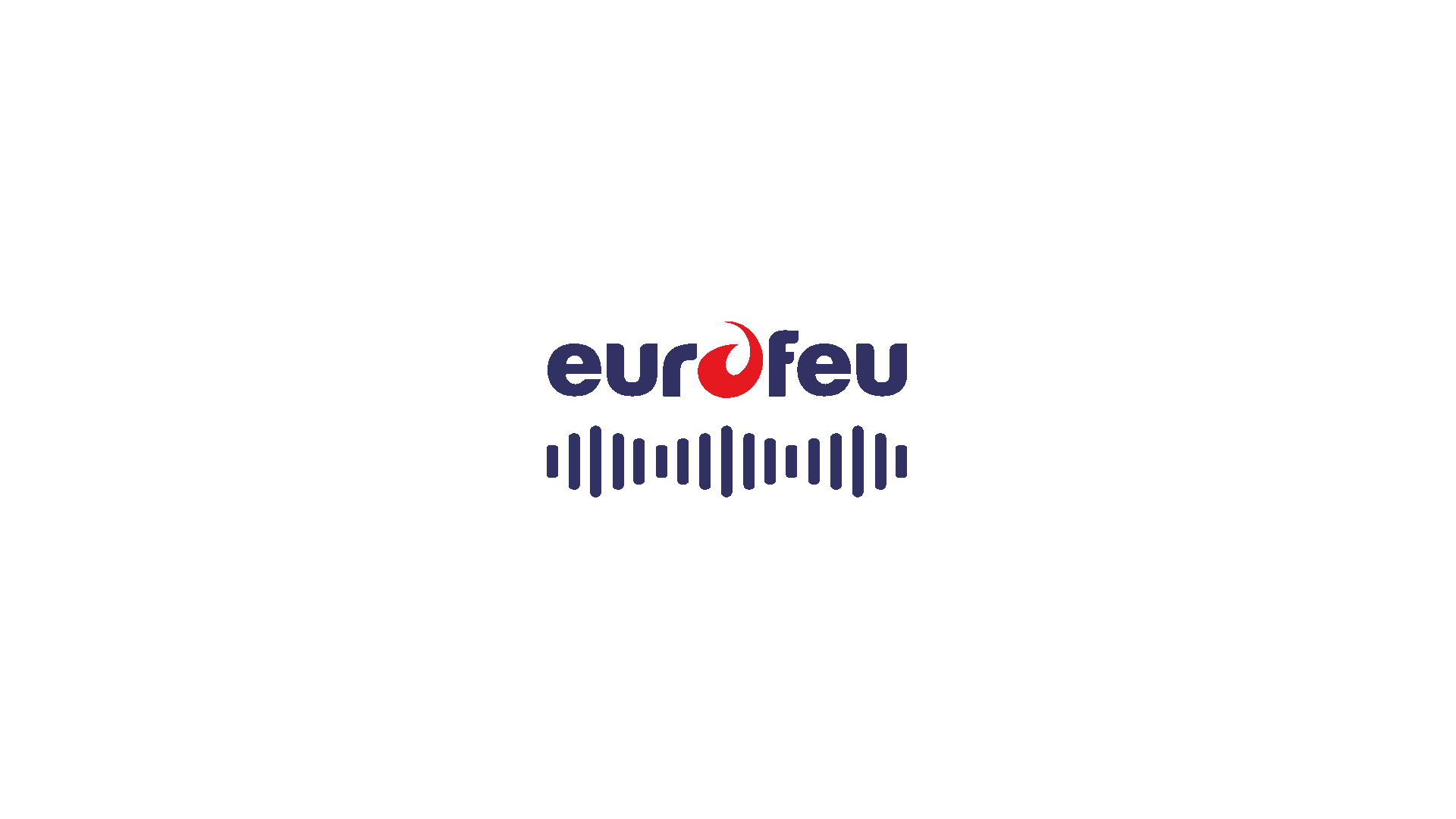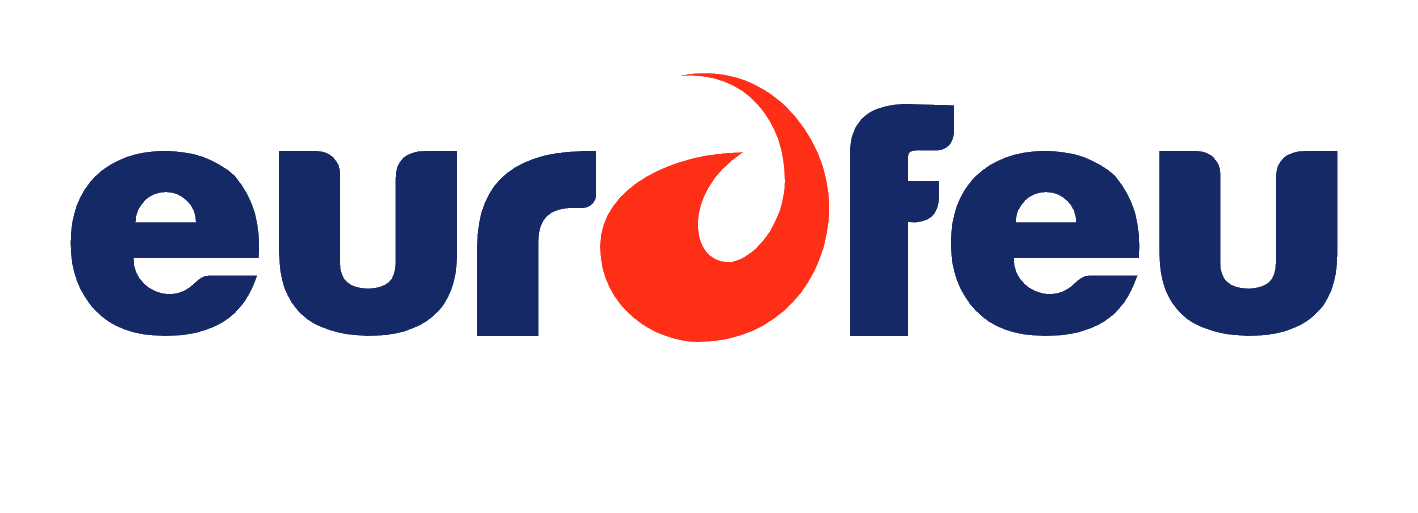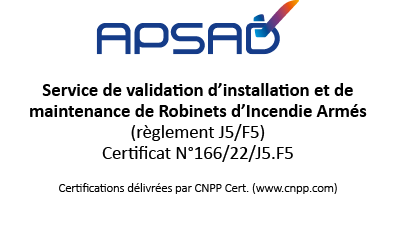Maintenance and testing of hydraulic systems
We put our expertise at the service of hydraulic equipment maintenance (RIA, PIA, fire hydrants, wet and dry columns). They play an essential role in fighting fire outbreaks. Find out more about our maintenance and verification solutions that comply with current standards.
Eurofeu, APSAD J5/F5 certified company
APSAD F5 certification enables us to maintain RIA (Robinet d'incendie armés) installations with the relevance
of our professional technical qualification. This qualification enables us to draw up Q5 periodic inspection reports on RIA/PIA installations.
Our network of establishments and our technicians enable us to intervene whatever the type of hydrant. With our teams of technicians, you benefit from all the maintenance operations stipulated by the manufacturer, anywhere in France.
Spare parts for all makes
Our permanent stock of multi-brand spare parts for the most popular models on the market enables us to maintain short response times.
You need a personalized diagnosis
Our teams are at your disposal to answer any questions you may have.
Who do we work for?
Maintenance of fire hydrants (RIA) and fire hydrants (PIA)
Booster maintenance
Pressure and flow measurement,
Dry column maintenance
How to check an RIA?
Everything has to start with the water source and end with the water source when it comes to equipment such as water supply, pressure boosting modules, pressure regulators, anti-pollution valves, etc.
Identify dam and counter-dam valves to be reactive in the event of an accidental leak
Next, we move on to the pipe network to identify the presence of indicator sleeves, signalling devices, and the absence of connections other than for firefighting.)
Finally, we carry out annual, five-year and ten-year maintenance on RIA and PIA stations.
The first step in the audit is a thorough visual inspection. This includes accessibility, to ensure that the hose reel is easily accessible, free of obstructions, and that signage is clear and visible; and general condition, to check the overall condition of the housing, reel, hose and lance, looking for signs of deterioration, corrosion or mechanical damage.
A detailed check of the RIA components (an RIA is made up of a DMA DMB or DMAHT diffuser) is carried out. This includes the hose, uncoiling it to inspect its entire surface, looking for cracks, cuts or abrasions, and checking connections for integrity and tightness. The lance and gun must also be checked to ensure that they are in good condition, with no blockages or excessive wear. The different positions of the lance are tested to ensure correct operation. A PIA is made up of (a PIA is made up of a low expansion or medium expansion lance).
The type, concentration and quantity of emulsifier are also important factors.
Functional testing is essential to verify the performance of the RIA. Start-up involves opening the water supply valve and allowing water to flow through the hose and nozzle. Flow rate and pressure are measured to ensure that they meet standards (pressure under flow conditions must be at least 2 bar with 2 RIAs in operation, and 2.5 b for PIAs). After closing the valve, the connections and hose are observed for any leaks, and the lance is checked for leaks in the closed position.
Preventive maintenance aims to prevent malfunctions. This includes lubricating the reel's moving parts to ensure smooth operation, cleaning components to remove dust and debris, thus ensuring optimum performance, and replacing worn or faulty parts, such as seals or fittings, to maintain system integrity.
Rigorous follow-up is essential. An audit report documents all observations and actions taken in a detailed report. Repairs carried out and recommendations for future inspections are noted. The maintenance log is updated with details of each check and intervention, including date and actions taken.
The frequency of checks must be respected to ensure compliance and safety. A quick visual inspection is carried out every month, a more thorough inspection every three months, and a complete verification every year, including all functional tests and performance measurements.
Who do we work for?
industrial
What monitoring operations need to be carried out after installing an RIA?
Visual Inspection
- Accessibility check: Ensure that the RIA (Robinet d'incendie armé) is easily accessible and that there are no obstacles in the way.
- General condition check: Inspect can, lance and hose for visible wear and damage.
Functional Testing
- Flow and Pressure Test: Measure water flow and pressure to ensure they comply with required specifications.
- Check seals and fittings: Make sure seals and fittings are tight to prevent leaks.
Preventive Maintenance
- Lubrication: Apply lubricant to moving parts to ensure smooth operation.
- Replacing worn components: Replace defective or worn parts to maintain the effectiveness of the RIA.
Documentation and Reports
- Verification Report: Provide a detailed report of inspections carried out, tests performed and corrective actions taken.
- Maintenance logbook: Maintenance logbook updated with dates of checks and work carried out.
